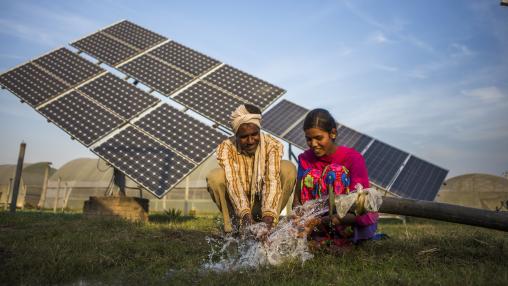
How men and women cope with weather-related agricultural production risk: A case study of cereal and tomato farmers in Haryana, India
Climate change is increasing the frequency of adverse weather events and reducing agricultural productivity, particularly in warmer regions of the world (Ortiz-Bobea et al 2021). Smallholder farming households in developing countries depend on agriculture for their livelihoods and spend a larger proportion of their income on food, making them the most vulnerable to harvest failures (Hallegatte et al 2020).
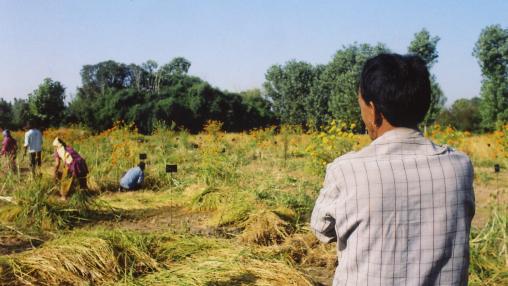
After a year, India’s rice export restrictions continue to fuel high prices
In July 2023, the Indian government announced export restrictions on non-basmati white rice. Coming after earlier export limits on other types of rice, the action was taken in part due to a strengthening El Niño that threatened to limit rice production and fuel rising food inflation—a potential political liability for the Modi government as it faced upcoming general elections in spring 2024.

Reviving public extension for climate-resilient agriculture: Lessons and insights from India, Indonesia, and Nepal
With global temperatures already 1.2 degrees Celsius above pre-industrial levels, climate change is having major impacts on agriculture that fall disproportionately on the Global South—from crops, to livestock, to aquaculture. Agricultural systems endure frequent heat waves, flooding, and drought—often all in one season. Climate-related extreme weather events such as intense rainstorms pose a serious threat to crops.
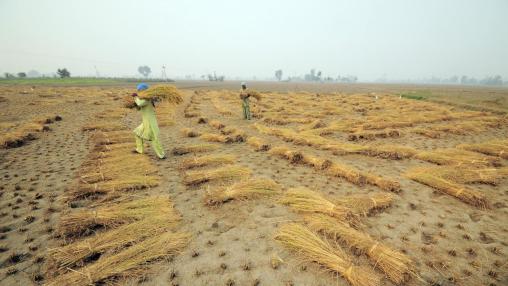
India’s export restrictions on rice continue to disrupt global markets, supplies, and prices
Six months after India introduced a set of export restrictions on rice with the aim of holding down domestic prices, global rice markets continue to feel the impact.
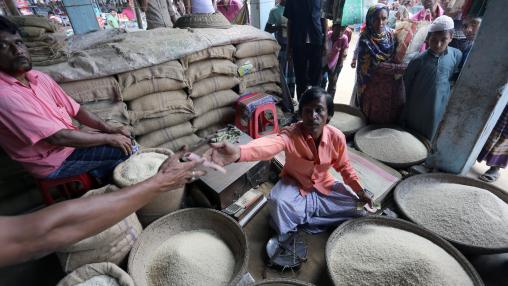
How India's Rice Export Bans Could Impact Regional Trade
The BIMSTEC - Bay of Bengal Initiative for Multi-Sectoral Technical and Economic Cooperation – country group consists of Bangladesh, Bhutan, India, Nepal, Sri Lanka, Myanmar, and Thailand. Together, these countries are home to more than 712 food-insecure people, and the prevalence of food insecurity has increased in the majority of the region since 2014. Given this food security situation, India’s recent export ban of non-basmati white rice and export duty on parboiled rice raise significant concerns for the region.

Global rice markets face stresses from El Niño, India export restrictions
On July 20, India banned exports of non-basmati price (covered in our blog post of July 25)—aiming to cool rising domestic prices—a move many feared would drive rising global prices higher. Since then, that trend has continued: The benchmark Thai rice price has risen 14%, Viet Nam rice prices are up 22%, and India white rice prices are up 12% (Figure 1). In August, in an effort to prevent exporters from undermining the ban, India put a surcharge of 20% on exports of parboiled rice and instituted a minimum sales price for basmati rice.
Figure 1
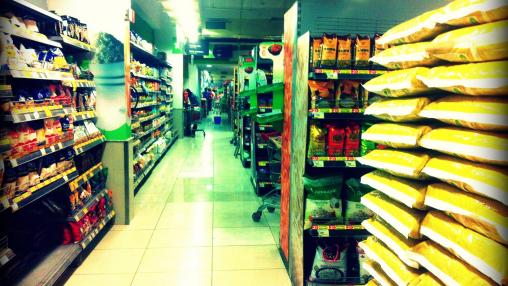
India’s edible oil imports from Nepal: Policy implications of current tariffs and free trade agreements
India’s import demand for edible oils has been significant over the past decade, with imports averaging $11.6 billion annually. In 2021, prior to the Russia-Ukraine conflict, India imported a staggering $17.1 billion of edible oils (Figure 1), dominated by palm oil ($9.6 billion), soybean oil ($4.8 billion), and sunflower/safflower oils ($2.4 billion).
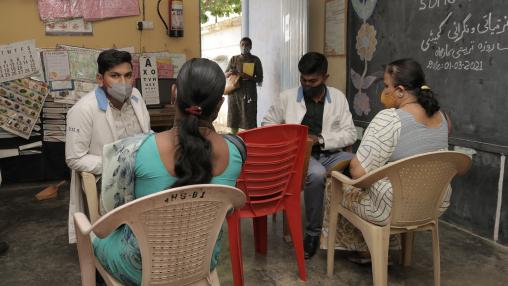
COVID-19 disruptions to health and nutrition services in Uttar Pradesh, India
Fears of COVID-19 transmission, along with social-distancing measures, have disrupted many important public services worldwide, both directly and indirectly. In India, Phuong Nguyen and colleagues conducted surveys to compare use of public health and nutrition services before, during and after COVID-19 lockdowns in the state of Uttar Pradesh. Despite extra efforts from frontline workers during and after lockdowns, services were disrupted; in addition, demand for those services decreased post-lockdown because of the fear of pandemic health risks.
Domestic Food Price Monitor
The Food Price Monitor provides daily updates of prices in wholesale and retail markets for a wide range of food products. Alerts refer to price changes from the start of social distancing measures taken because of COVID-19 and are based on a pre-COVID-19 reference price.

Innovations in food systems: the key to human and planetary health
The world has made tremendous progress in improving food security and nutrition. The proportion of people experiencing hunger fell from 14.7% to 10.6% between 2000 and 2015. And we’ve made progress on undernutrition, with the prevalence of child stunting dropped from 40% to 23% between 1990 and 2015. Food systems – the technical, economic, social and environmental processes and actors through which we feed the world’s population – have played a huge role in this progress.